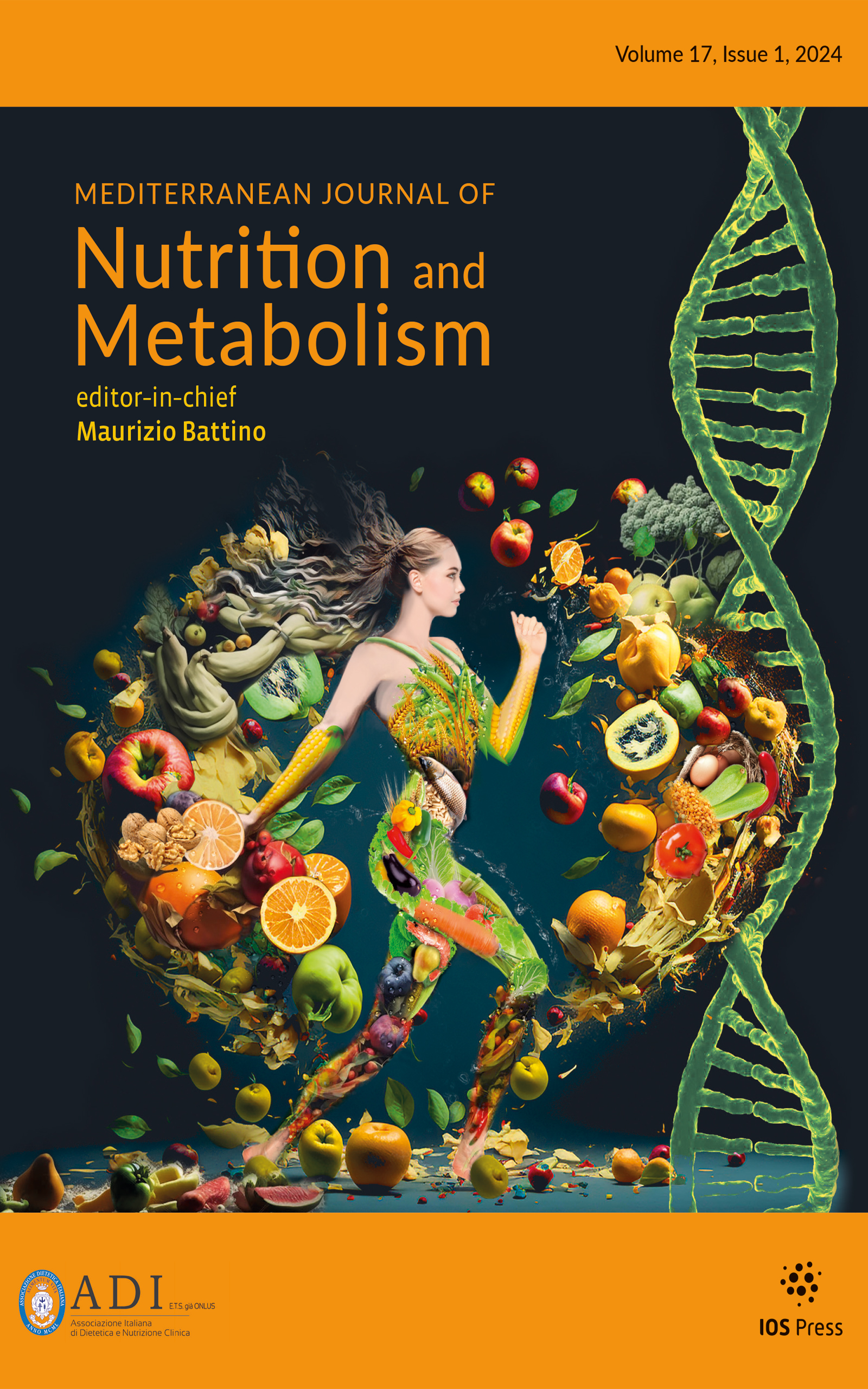Authors: Gentile, Sandro | Ceriello, Antonio | Pipicelli, Giuseppe | Strollo, Felice | START DIAB Study Group | Principal Investigator: | Contributing investigators:
Collaborators: Sandro, Gentile | Allegra, Gianclaudio | Armentano, Vincenzo | Campione, Rosa | Candido, Riccardo | Casaldi, Stefania | Celletti, Fabio | Cimino, Antonio | Ciotola, Miryam | Corda, Angelo | Cordaro, Gaspare | Cuzari, Gianfranco | Daniele, Pantaleo | De Francesco, Carmelo | Desenzani, Paolo | D’Incau, Ferruccio | Fatone, Saverio | Ferraro, Maria Antonella | Floridi, Francesco Saverio | Caldarola, Gennaro Gadaleta | Galluzzo, Giovanni | Giorda, Carlo | Giordano, Marco | Giovannini, Celestino | Golia, Francesco | Gregorio, Franco | Guarino, Giuseppina | Ladiana, Vito Antonio | Manunta, Mario | Marelli, Giuseppe | Marino, Giampiero | Martedì, Emilia | Morico, Gianraimondo | Nada, Elisa | Nieddu, Antonio | Querci, Fabrizio | Rizzello, Salvatore Marco | Romano, Cristina | Scalpone, Raffaele | Serra, Alberto | Spina, Maria Luisa | Stagno, Gaudenzio | Stara, Brunella | Tonolo, Giancarlo | Valsecchi, Cesare | Ventura, Claudio | Vincenti, Cesare | Zaltieri, Giuseppina
Article Type:
Research Article
Abstract:
BACKGROUND: Early optimized lifestyle and medication treatment can reduce the burden of type 2 diabetes mellitus (T2DM). Although Diabetologists take care of most Italian people with T2DM and are the only allowed to prescribe innovative drugs, still half T2DM patients are poorly controlled. AIMS: To verify specialists’ propensity to reach individualized glycemic goals by treating to target newly referred people with T2DM having HbA1c levels >7% (>53 mmol/mol). MATERIALS AND METHODS: 2536 poorly controlled, orally treated T2DM from all over Italy were evaluated and followed up for 6 months for appropriate nutritional and pharmacologic treatment in a
…specialized setting and diabetologists filled in a questionnaire on supposed reasons behind patients’ poor metabolic control and on their own therapeutic choices. RESULTS: At the first visit only 71.8% people underwent slight treatment adaptations (through a slight reduction of secretagogue utilization accompanied, to a lesser extent, by some increase in incretin prescription (from 13.4% to 33.5%; p < 001) and by de novo insulin administration (3.8%). Specialists stated three major reasons for poor control as observed at referral. Two of them, i.e. disease per se (secondary failure) and patients’ attitude (poor adherence), were high-rated, while the other one, addressing clinicians’ responsibility, was only marginally accounted for despite most diabetes specialists still going on with secretagogues all the time. Detailed results are provided within the text. CONCLUSIONS: In spite of their well-recognized professional competence and their consistent reasoned diet and exercise advice, Italian diabetologists seldom complied with guidelines suggesting to move on to safer innovative drugs or insulin when needed. Their prescription behavior showed un underestimation of hypoglycemic and beta-cell functional exhaustion risk associated with secretatogues, and a low propensity to try and reach individualized glycemic goals through an early and strict treat-to-target approach.
Show more
Keywords: Nutrition, hypoglycemic agents, behavior, treat-to-target, Type 2 diabetes
DOI: 10.3233/MNM-17160
Citation: Mediterranean Journal of Nutrition and Metabolism,
vol. 10, no. 2, pp. 165-179, 2017





